Columbine school shooters glorified by young followers: Inside the scary online obsession
When two Colorado students murdered 12 of their classmates and a teacher at Columbine High School on April 20, 1999, they committed what history would etch as the first school shooting of the internet era.
At the time, Google was still a startup. Facebook, the iPhone and YouTube had not yet been invented. Yet 25 years later, the traces left online by Eric Harris and Dylan Klebold have not faded into the obscurity of the early web.
Instead, those remnants took hold in each evolving online technology – chat rooms, social media and video – and today spark obsessive online interest among a generation that wasn’t even alive at the time of the attack.
That interest flourishes via online algorithms that amplify edgy or hate-fueled content, researchers say – and via social media platforms that prioritize audiences and profits over finding and removing violent and damaging content.
On the 1990s-era internet, the killers left behind their plans of violent terror – like threats and bomb-building instructions – as well as the personal minutiae of teenage life, like playing the first-person shooter game Doom. The lyrics to a favorite song, a recent electronic-metal release called “Stray Bullet,” were posted on one of their websites.
A dark subculture latched onto those details of their online life and the investigative reports that followed. The killers’ photos, personal journals and home videos fueled discussions in internet forums and chat rooms.
Today, researchers track social media, video sites and gaming platforms, where they find a cult of Columbine thriving among young internet users.
TikTok profiles with the shooters’ names and photos are festooned with hearts and ribbons and fans of the shooters declare their love and admiration in the comments. Videos splice together old footage and stills of the shooters.
First-person shooter simulations of the Columbine massacre regularly pop up on TikTok where they fetch tens and even hundreds of thousands of views.
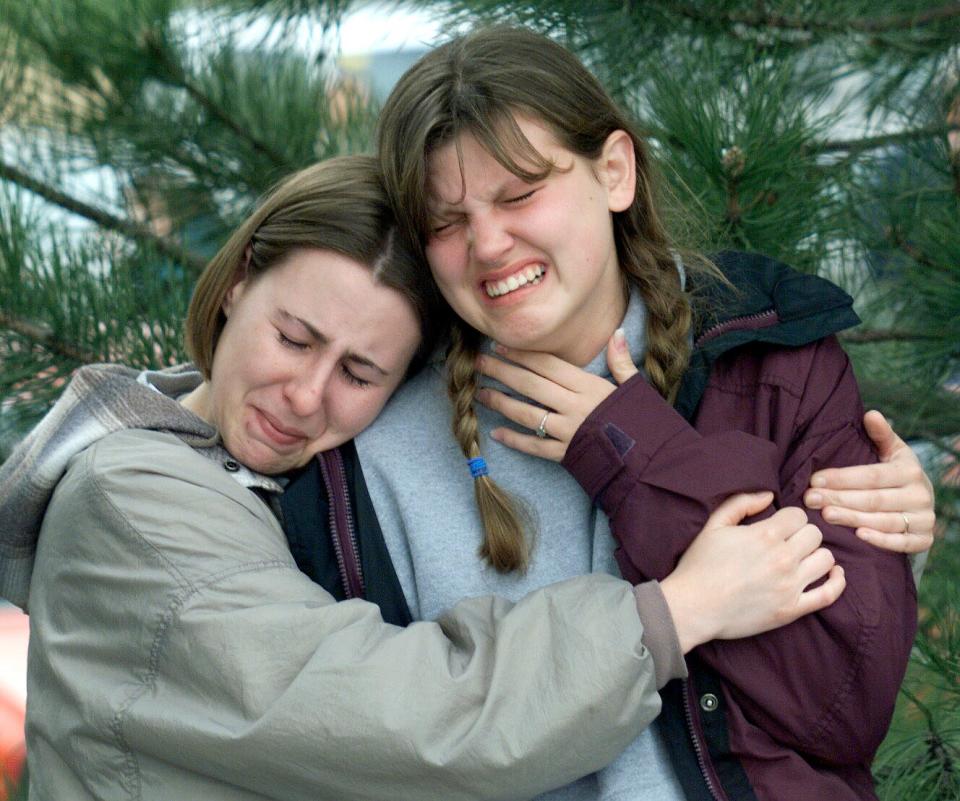
While some online platforms say they work to find and eliminate violent content, online experts and school shooting survivors continue to say the megacompanies of the modern internet haven’t done enough to stamp out these dark elements of the early web.
Social media companies are “raking in the money,” Anne Marie Hochhalter, who was shot and paralyzed during the Columbine attack, told USA TODAY. “They're not going to do anything about it because then the traffic will go down.”
Whatever the forum, the subculture’s real-life effects have been persistent and deadly.
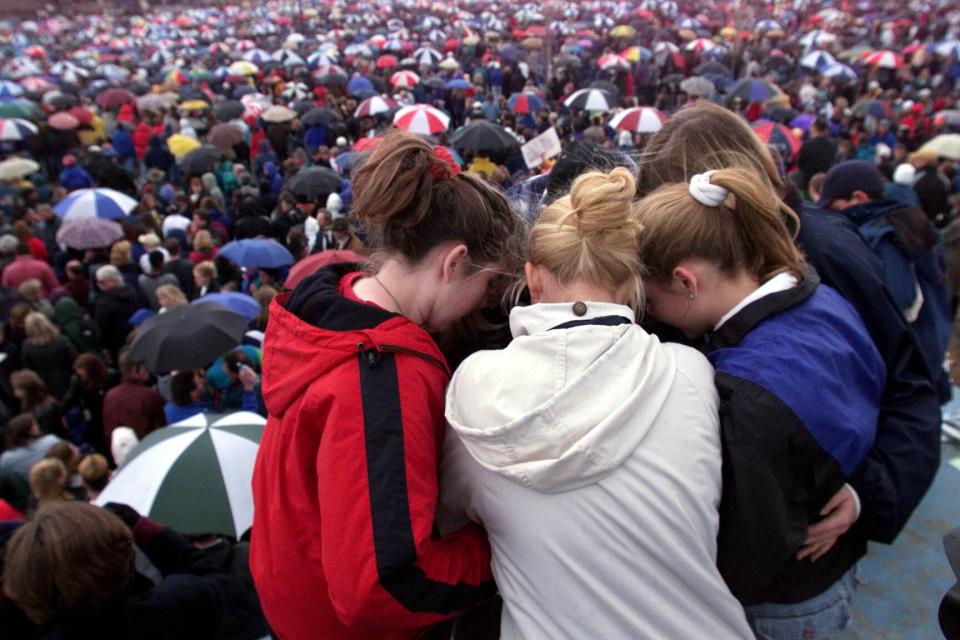
School shooters, including the killers at Sandy Hook Elementary School in Connecticut in 2012 and Virginia Tech in 2007, studied and emulated the Columbine attack. The documents posted online by copycats frequently mention the influence of Columbine.
In January, a 17-year-old high school student in Iowa shot six people, killing one, before turning the gun on himself. Shortly before the shooting, he posted a photo on TikTok of himself in a bathroom stall with a duffel bag at his feet, with the words, “Now we wait.”
The post was set to music, an old electronic-metal song from the 1990s called “Stray Bullet.”
More: 25 years later, the trauma of the Columbine High School shooting is still with us
Columbine imagery easy to find on game sites, social media
Much of the online content related to Columbine today is created by young people or designed to appeal to them, two researchers at the Institute for Strategic Dialogue found in a recent study.
Moustafa Ayad and Isabelle Frances-Wright say young people are enthralled by the Columbine killers and create content that goes viral on social media, from first-person shooter simulations to Roblox characters dressed to look like the Columbine killers down to the “natural selection” and “wrath” T-shirts they used to wear.
“The abundance and types of materials that the killers produced resonates with young people in a way that we haven’t really seen with other school shootings,” Frances-Wright said, “which has allowed it to perpetuate and live on all these years later.”

The creators of those videos, in turn, direct viewers to private, unmonitored channels on Discord and Telegram.
And that’s where the really dark stuff happens.
By setting up accounts pretending to be minors on social media, Ayad and Frances-Wright quickly found 127 videos glorifying a range of mass shooters on TikTok and X, formerly Twitter.
One TikTok video they discovered, which featured the Columbine shooters in fictional Disney posters, had amassed nearly 400,000 views in three months.
TikTok has since taken down the videos flagged by researchers. But content celebrating the Columbine shooters is still widely available, and easily found, on TikTok and other platforms, despite rules against glorification of violence and real-life attacks.
A spokesperson for TikTok said the company doesn’t tolerate content like the videos Ayad and Frances-Wright found, and that the company employs more than 40,000 trust and safety professionals to moderate content.
“We're investing over $2 billion in trust and safety efforts this year to provide a safer platform," the spokesperson wrote in an email.
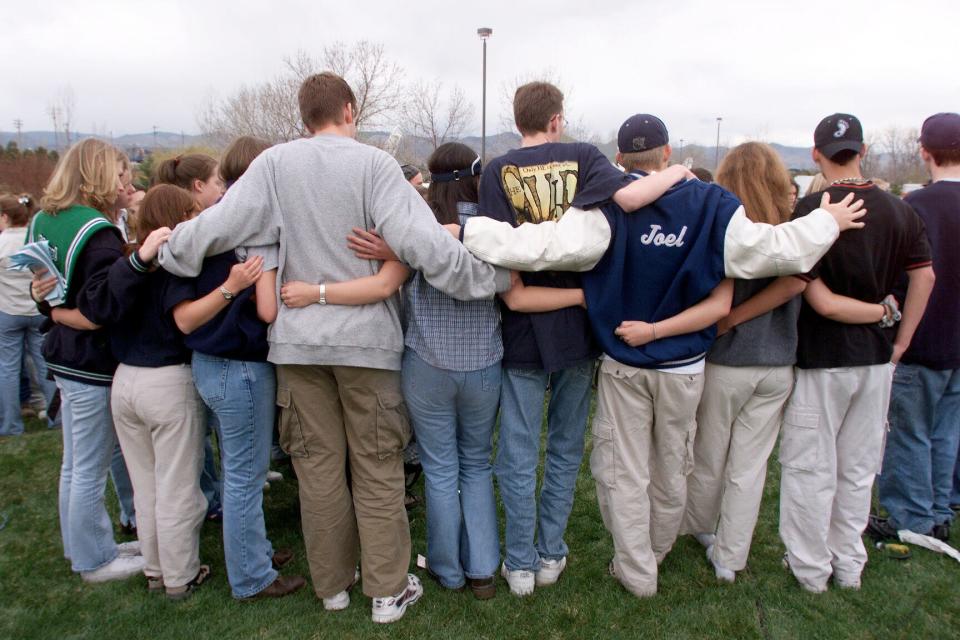
This week, Frances-Wright performed a quick search and provided USA TODAY with several links to TikTok videos showing school shootings, including some that used imagery from the Columbine attack.
Videos on TikTok and elsewhere try to evade detection by blending content that glorifies mass shooters with legitimate educational content, or by using the killers’ nicknames or other coded language. Statements like “I don’t condone” or hashtags like “true crime” or “fake” are also added to mislead platform moderators. Some accounts switch privacy settings so posts are only available to followers.
While the researchers found videos appearing to show gameplay on the Roblox platform, where users play shared game scenarios mostly built by other users, it was unclear how long – if at all – those games ever appeared on Roblox itself. The characters may have been designed using Roblox, without ever being uploaded to the platform.
A spokesperson for Roblox said the company has strict community standards prohibiting “the portrayal of sensitive real-world events and content portraying, glorifying, or supporting Terrorist and Violent Extremist organizations.”
“We have a dedicated team focused on proactively identifying and swiftly removing such content as well as banning the individuals who create it,” the spokesperson told USA TODAY in an email.
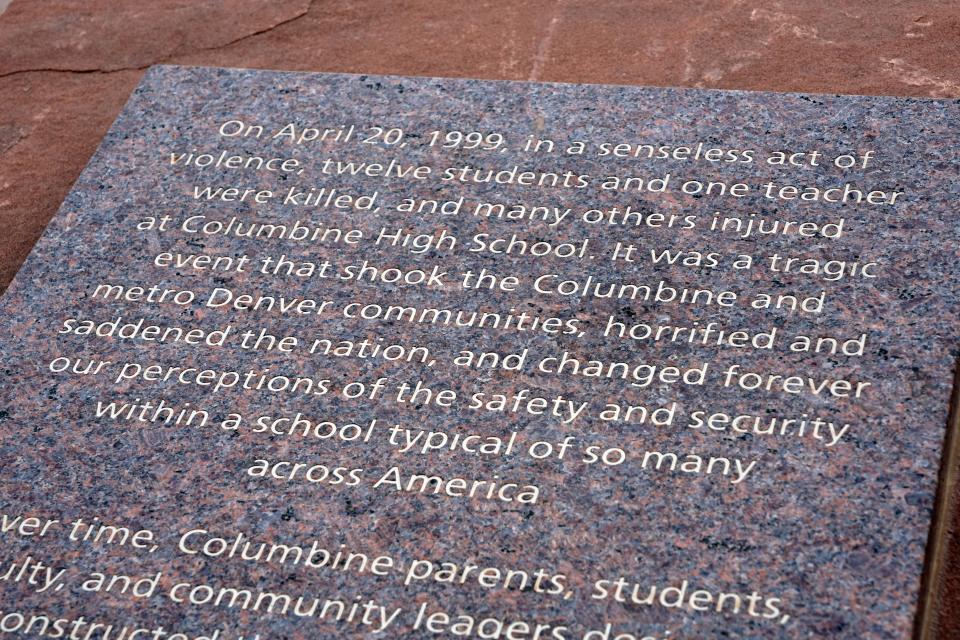
Despite the attempt at camouflage, accounts are still frequently banned. So, the profiles redirect their followers to less-moderated platforms like Discord and Telegram, Ayad and Frances-Wright found. There, open glorification of mass shooters, violent gore and hate speech can be more freely shared. And indoctrination and radicalization are more likely to occur.
Discord and Telegram did not respond to requests for comment.
In closed discussion groups on Discord, for example, players share tips on building mass casualty simulation games and how to make gaming avatars that look like the Columbine shooters, the researchers said.
The attackers are commonly referred to and admired, down to details about their haircuts and favorite music. “In many respects,” their report notes, “the Columbine shootings are considered a foundational event for supporters and content producers of mass casualty attacks.”
The deadly allure of the dark side
Ryan Broll, associate professor of sociology and anthropology at the University of Guelph in Ontario, Canada, says the internet is an accelerant for “dark fandom” – communities of fans fixated on the perpetrators of violent acts.
“These communities usually form online because they are inherently deviant communities and they can more easily find people who share interest in these topics online,” said Broll, who studied a subreddit devoted to Columbine. “Although people have always been interested in crime and violence, the internet is essential to the size and longevity of dark fandoms, like that around Columbine.”
Of the hundreds of school shootings across the United States in the last 25 years, Columbine remains the most influential, researchers Jenni Raitanen and Atte Oksanen from the Emerging Technologies Lab at Tampere University in Finland found.
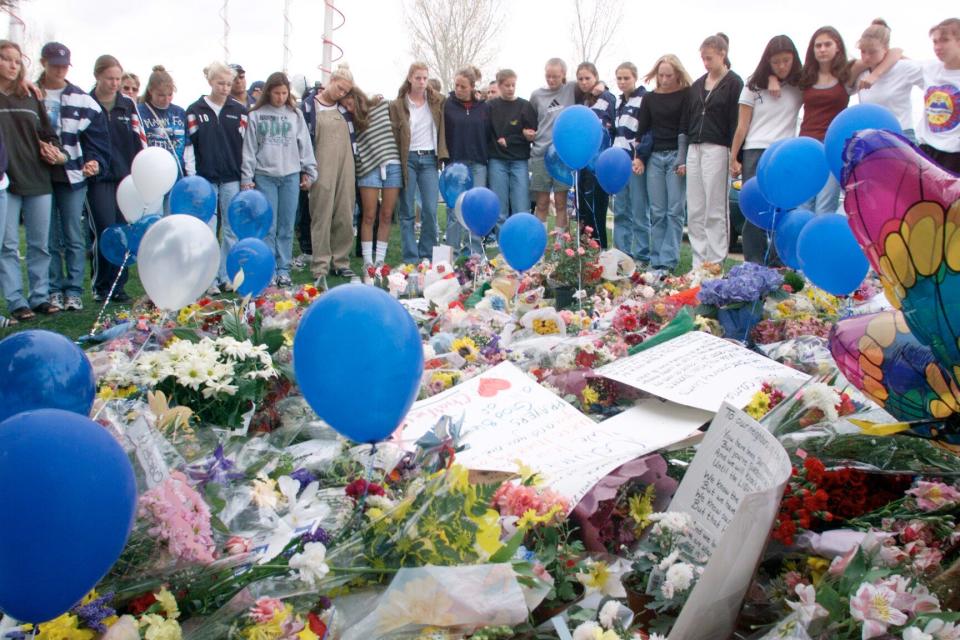
Raitanen and Oksanen attribute the shooting’s enduring influence to the oft-cited idea that it was retribution for bullying.
“The Columbine perpetrators claimed that their massacre was a political act, conducted in the name of other oppressed students,” the researchers wrote in a 2018 paper.
As such, the two young men sought to serve as spokespeople for what previous researchers called a “revolution of the dispossessed,” Raitanen and Oksanen wrote. In essence, they claimed to be carrying out their attack in the name of angry, disaffected and angst-ridden youth everywhere.
Those ideas were long ago debunked.
Columbine’s former principal Frank DeAngelis says much of the Columbine content falsely portrays the Columbine shooters.
The FBI concluded the killers, who said in home videos that they hoped the attack would inflict “the most deaths in U.S. history,” were driven by a desire for mass carnage and lasting notoriety, not teenage angst.
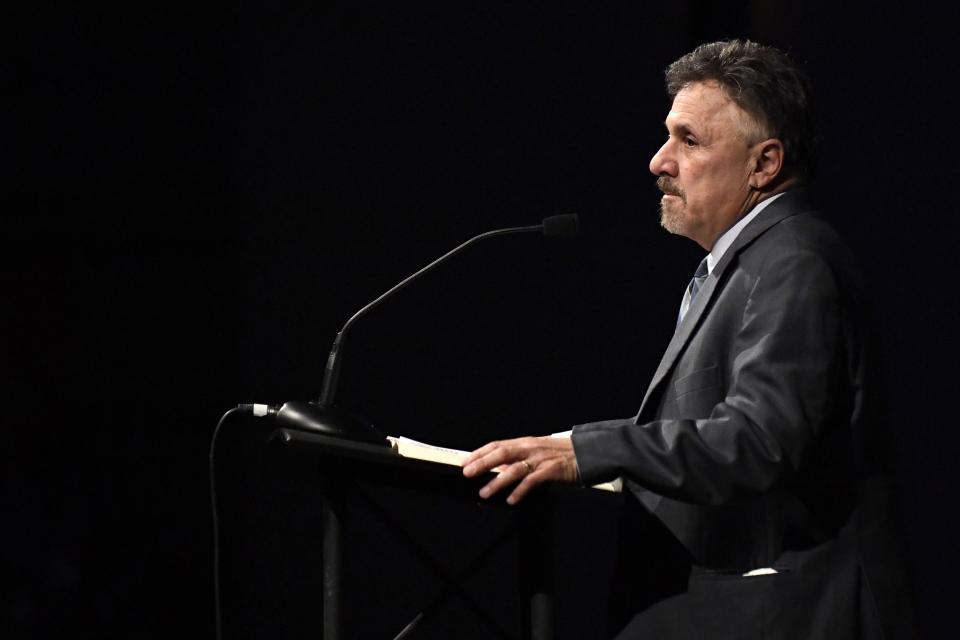
Yet today’s online subculture celebrates many of the same false claims.
“The two killers of Columbine are heroes to some of these kids and they shouldn’t be,” said DeAngelis, who retired in 2014 and assists communities across the country after mass shootings. “It scares me.”
Finding kinship online can normalize violent urges, says Peter Langman, a psychologist and author of “Why Kids Kill: Inside the Minds of School Shooters” who runs the website SchoolShooters.info.
He points to a website devoted to the Columbine massacre and other mass murders. In a recent chat about which serial killer or mass murderer they related to the most, most said the Columbine killers. “I also relate to Eric and Dylan,” commented one person. “Like most people lol.”
Three registered users of the website have gone on to commit mass murders, according to Langman.
“Even if no one is advocating committing such acts, the fascination, the obsession that some people have may normalize the phenomenon,” he said.
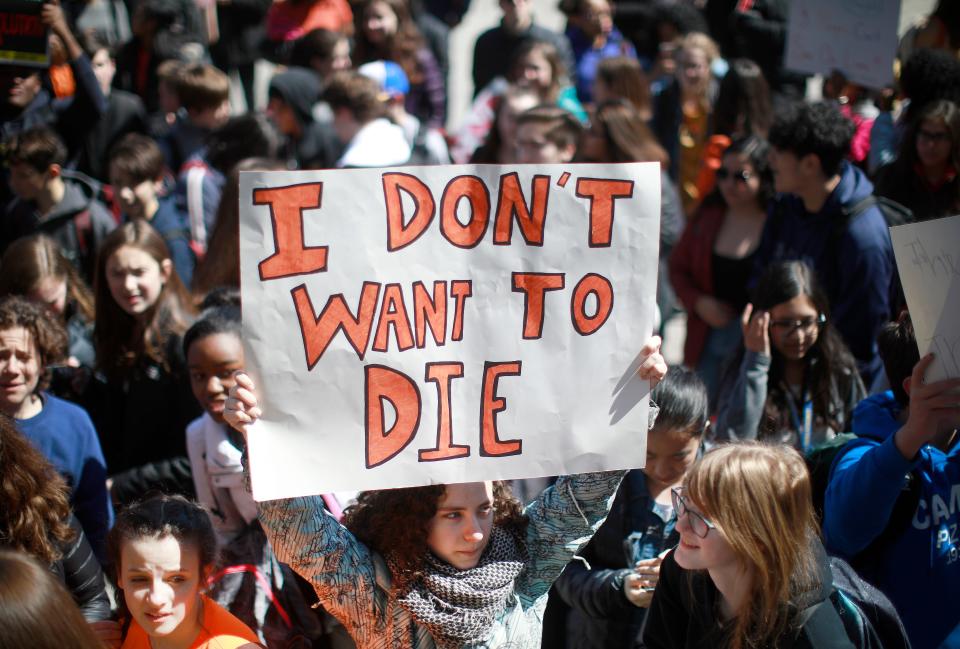
Kris Mohandie, a forensic psychologist who has assessed youth offenders influenced by Columbine, said the identities of susceptible young people can be shaped by the content they interact with and produce online. They are drawn to the Columbine shooters “because it aligns with dark impulses and their sense of alienation, and what they think looks cool,” Mohandie said.
That’s certainly what happened to Lindsay Souvannarath.
The then-23-year-old student from Geneva, Illinois, was drawn to the story of Columbine via online chat rooms and forums. A budding artist and novelist, she sought feedback from her peers online and eventually fell headfirst into the subculture.
In a 2019 prison interview with "The Night Time" podcast, Souvannarath, who is now in prison for planning a deadly attack on a mall in Halifax, Nova Scotia, on Valentine’s Day 2015, talked at length about the inspiration she took from Columbine.
It all happened online. Souvannarath met her co-conspirator online when he commented on some of her artwork, and the two swapped music recommendations, fashion tips and theories about the Columbine attackers.
“We thought we were actually them somehow,” Souvannarath told "The Night Time" podcast. “Not exactly reincarnations, but more like their spirits had found their ways to us, and we were them.”
Souvannarath was arrested as she flew into Halifax airport the day before the planned mass shooting. She pleaded guilty to conspiracy to commit murder two years later and is serving a life sentence in prison.
A ‘collective fail’ for social media platforms
Hochhalter, the Columbine survivor, called on Facebook five years ago to take down pages glorifying the shooters, saying she feared they would inspire others.
One of the pages, which had more than 2,000 likes and shared surveillance video images of the shooters, said its “mission” was to “never forget and always honor these heroes.”
Facebook deleted the pages within hours, saying they breached the company’s rules.
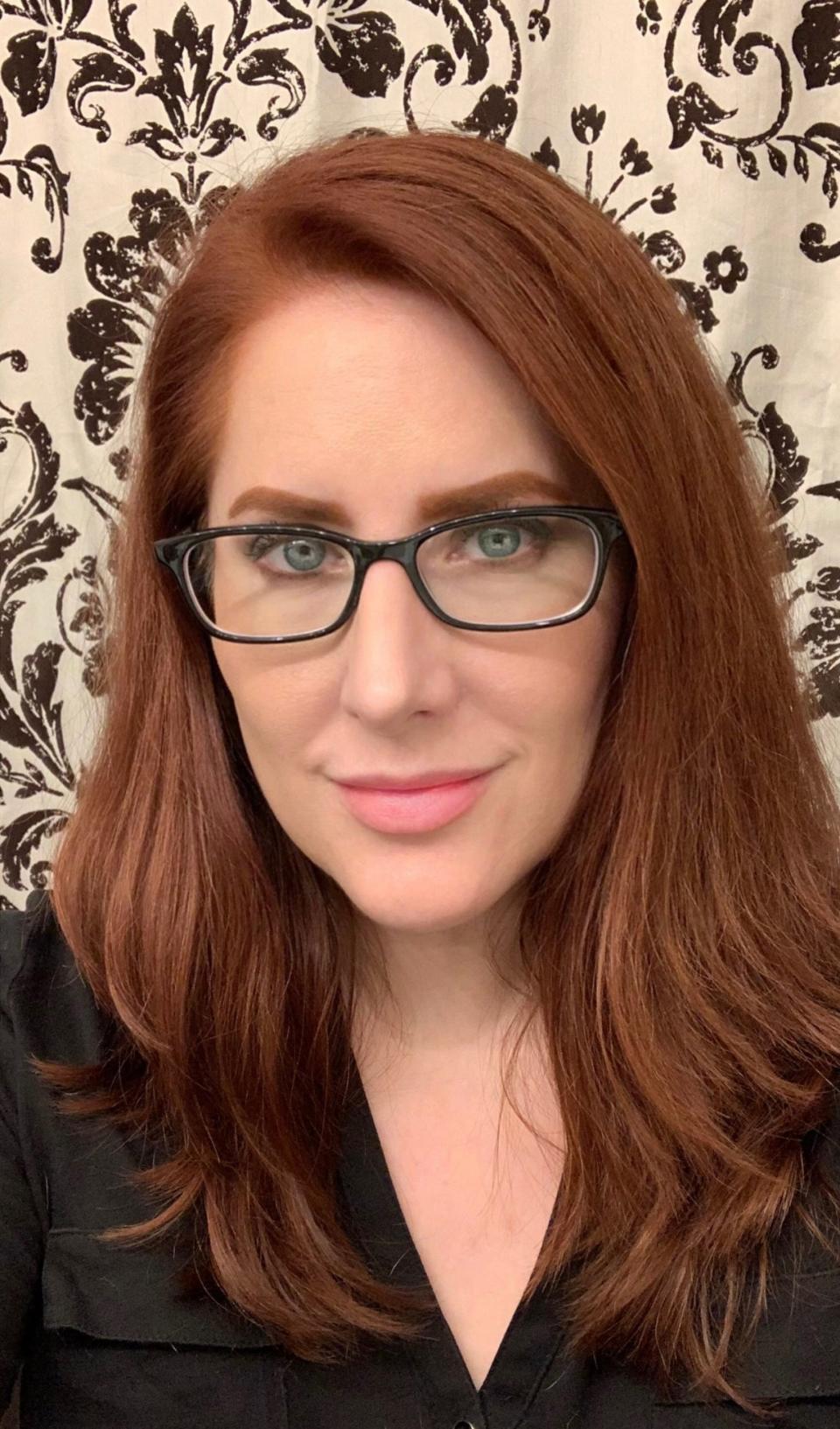
As the 25th anniversary of Columbine approaches, Hochhalter said the communities of “Columbiners” online have only multiplied. She and other survivors of the attack have received abuse and death threats and have had to call in the FBI to investigate their tormentors, she said.
Meanwhile, on the platforms where the ideas spread, with almost nothing being done about it, she said.
"These people who are at the helm of the social media companies … those are the true extremists,” Hochhalter said. "Because they're allowing all of it to happen.”
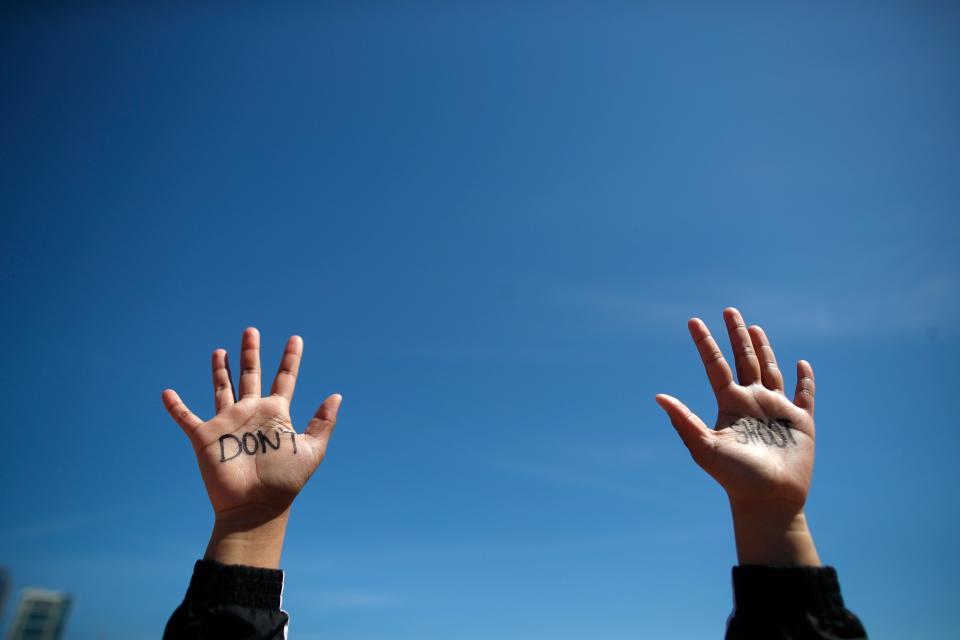
Mohandie says the policies and enforcement at most social media companies are “grossly inadequate.”
Social media companies, some of which are worth billions of dollars, “have a responsibility to take down content glorifying the shooters, he said.
“They have an ethical and social responsibility to do more than what they are doing,” he said. “They get a collective fail. All of them.”
After years of building robust content moderation systems, social media companies facing political pressure and economic headwinds have pulled back on gatekeeping, part of an industry trend that is making it harder to distinguish between educational content about Columbine and content that crosses the line.
What’s more, this is just the kind of content – dark and edgy – that is “algorithmically sticky,” said Natasha Zinda, an online content creator and activist. Posts that push right up to, and even beyond a platform’s rules on conduct, are often exactly the sort of content that gets views, clicks and interaction, she said.
“Algorithms like to push hate,” she said. “Our internet, and our culture on the internet, is all about engagement – whether it's good or bad.”
The Institute for Strategic Dialogue researchers agreed.
Some platforms are doing better than others when it comes to moderating content and deleting posts that violate terms of service, Frances-Wright said. But none of the platforms are doing enough, she said.
Better moderation and supervision need to take place at every stop in the radicalization pipeline, Frances-Wright said: From platforms where simulations are being created, to TikTok where it is being distributed, to secret spaces like Discord and Telegram where it is being openly discussed and new plots are being planned.
Zinda also noted that the last layer of defense for children who might interact with these communities and this content is parents.
As a mother of three, Zinda said she appreciates how difficult it is for parents to control what their children view online. But every parent whose child is gaming or spending significant time online needs to prioritize talking with them about what they are doing and monitor their children’s internet activity.
“It's a click away,” Zinda said. “And you need to be talking with your kids daily about what that is.”
This article originally appeared on USA TODAY: Cult of Columbine: Why young followers glorify the school shooters
